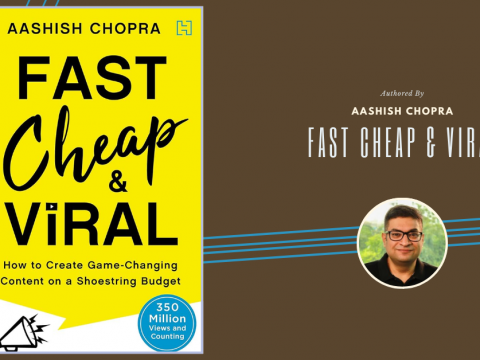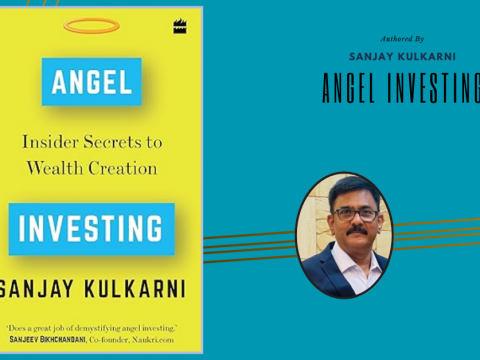- Have any questions?
- [email protected]
“The Ministry for the Future” by Kim Stanley Robinson: A Visionary Approach to Climate Change

Wise and Otherwise: A Celebration of Human Nature and Simple Wisdom
June 18, 2025
“Titan” by Ron Chernow: The Life and Legacy of John D. Rockefeller
July 2, 2025Kim Stanley Robinson’s “The Ministry for the Future” is a groundbreaking science fiction novel that tackles the urgent issue of climate change through a lens of speculative fiction. Published in 2020, the book has garnered critical acclaim for its realistic portrayal of climate challenges and its imaginative solutions for a sustainable future. In this article, we explore the book’s central themes, its narrative structure, and the profound impact it aims to have on readers and policymakers alike.
Overview of the Plot
“The Ministry for the Future” begins with a harrowing depiction of a heatwave in India, which kills millions of people. This catastrophic event sets the stage for the formation of the titular Ministry for the Future, a global organization established under the Paris Agreement. The Ministry, led by the pragmatic and determined Mary Murphy, is tasked with advocating for future generations and implementing policies to combat climate change.
The novel is structured as a series of vignettes and perspectives, ranging from Mary’s bureaucratic battles to the experiences of climate refugees and activists. This multi-faceted narrative approach allows Robinson to explore the complexities of climate change from various angles, highlighting the interconnectedness of global systems and the myriad ways in which individuals and institutions can contribute to a sustainable future.
Key Themes
1. Climate Crisis and Urgency
The primary theme of “The Ministry for the Future” is the urgency of addressing the climate crisis. Robinson does not shy away from depicting the devastating impacts of climate change, including extreme weather events, sea-level rise, and mass migration. Through vivid and often unsettling descriptions, the novel emphasizes the immediate need for action and the dire consequences of inaction.
2. Socio-political Transformation
Robinson explores the socio-political transformations necessary to address climate change effectively. The Ministry for the Future employs unconventional strategies, such as promoting carbon quantitative easing and advocating for carbon capture technologies. These measures reflect the novel’s central argument: that bold, systemic changes are required to mitigate the climate crisis.
3. Economic Reformation
A significant portion of the novel is dedicated to exploring economic reforms. Robinson critiques the current capitalist system and suggests alternatives, such as the carbon coin—a currency backed by carbon sequestration efforts. This innovative concept underscores the need for economic incentives to drive environmental sustainability.
4. Ethical and Philosophical Considerations
“The Ministry for the Future” delves into ethical and philosophical questions surrounding climate change. The novel raises important issues about intergenerational justice, the moral imperative to protect the planet, and the ethical dilemmas faced by those in positions of power. Through Mary Murphy’s character, Robinson examines the personal and moral challenges inherent in leading the fight against climate change.
5. Technological Innovations
Robinson also highlights the role of technological innovations in combating climate change. The novel features speculative technologies such as geoengineering, solar radiation management, and advanced carbon capture methods. These technological solutions, while controversial, are presented as potential tools in the broader strategy to save the planet.
Character Development
Mary Murphy
Mary Murphy, the head of the Ministry for the Future, is the novel’s central character. Her pragmatic yet compassionate leadership style embodies the qualities needed to navigate the complex landscape of climate policy. Throughout the novel, Mary grapples with the ethical implications of her decisions and strives to balance idealism with practical action.
Frank May
Frank May, a survivor of the initial heatwave in India, represents the human cost of climate change. His traumatic experience fuels his commitment to the climate cause, and his character arc reflects the transformative power of personal crisis. Frank’s interactions with Mary and other characters provide a humanizing counterpoint to the novel’s more abstract policy discussions.
Narrative Techniques
Robinson employs a variety of narrative techniques to convey the novel’s themes. The use of multiple perspectives allows for a comprehensive exploration of climate change’s impact on different sectors and communities. The incorporation of non-traditional narrative forms, such as reports, interviews, and diary entries, adds depth and realism to the story.
Impact and Reception
“The Ministry for the Future” has been praised for its visionary approach to climate fiction. Critics have lauded Robinson’s ability to blend scientific accuracy with imaginative storytelling, creating a work that is both informative and inspiring. The novel has sparked discussions among policymakers, scientists, and activists, highlighting its potential to influence real-world climate action.
“The Ministry for the Future” is more than just a work of fiction; it is a call to action. Through its detailed exploration of climate solutions and its compelling narrative, the novel challenges readers to think critically about the future of our planet. Robinson’s work serves as a reminder that while the climate crisis is daunting, it is not insurmountable. With collective effort, innovative thinking, and unwavering commitment, a sustainable future is within reach.





